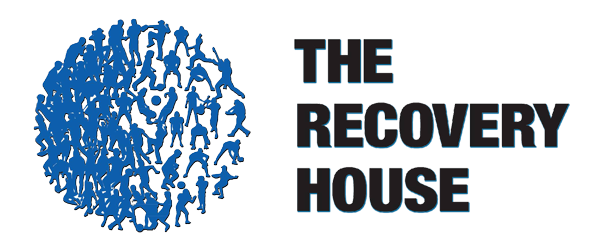I didn’t know what to expect when walking into TRH for the first time, however, I was immediately welcomed by the team, who included me in each meeting, where client progress was discussed. I immediately noticed a sense of genuine care as well as respect for the clients, a reflection of the culture of TRH. This felt like a breath of fresh air as compared to the negative attitudes seen in Pakistan towards individuals living with mental illness. I was given a tour of the space, which included indoor and outdoor social spaces and meeting rooms. Art adorned the walls, some of which was painted by clients.
The process of individualized rehabilitation planning (IRP) was demonstrated, with focus on each client. The team creates treatment plans based on the client’s needs, abilities and goals, aiming to enhance their strengths and manage symptoms. Interactive sessions help to engage clients, bringing about a sense of involvement. On my first day, I observed a scheduled debate between clients regarding life with and without technology where each client justified their personal stance, practicing goal-directed speech. Further, I was allowed to observe group sessions, the first of which employed principles of WRAP (wellness recovery action plan), an evidence based self management tool used to get well and stay well. After this, there was a session on anger management, where the ABCD model of anger was explained. Learning how to control one’s anger is vital to prevent situations that may lead to negative psychological and physical conditions. To practice this, the clients partook in a cognitive restructuring activity, where they attempted to create alternative explanations for anger-inducing scenarios.
At the end of the day, I was introduced to the Psychiatric Rehab Practitioner (PRP)’s responsibilities after they conduct group and individual therapy sessions. These included group feedback notes and SOAP (Subjective, Objective, Assessment and Plan) notes for each client, which were entered into each client’s individual file.
Furthermore, I noticed that TRH works with each client’s family as a team, as this is the environment they will return to after they leave TRH. This partnership between the team, client and family is unique to TRH, where they acknowledge that there is a disconnect within the external social environment, and work on overcoming this. Each client has a ‘family schedule’ which consists of their family calling, visiting and transitioning details. This highlights that TRH strives to help clients transition back to their premorbid daily lives, and that there have been many cases of such progress. Overall, I learnt that TRH believes and showcases that recovery is possible and real.

